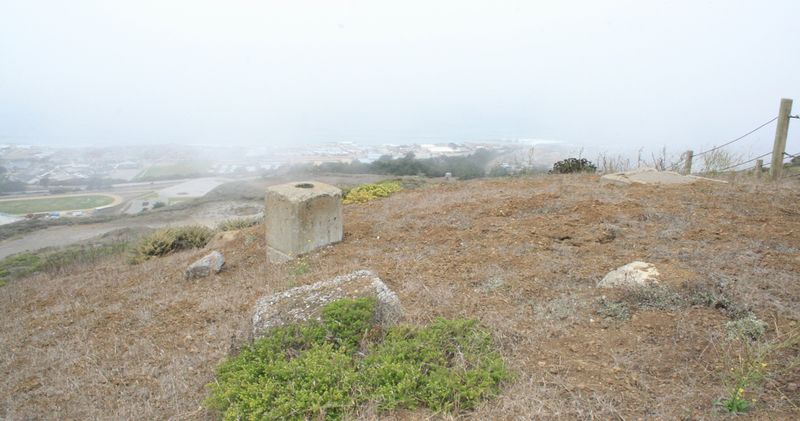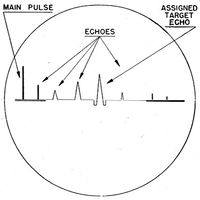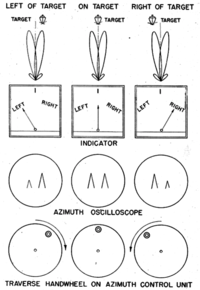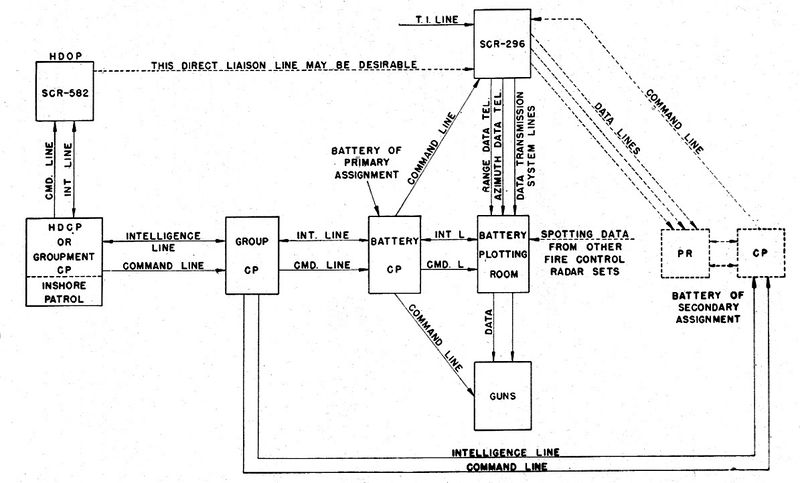Milagra Ridge WWII Radar Site
|
Milagra Ridge WWII Radar Site (1944-1946) - A World War II U.S. Army Radar Site established in 1944. Used to provide fire control information to large caliber (6" and above) coastal gun batteries in the Harbor Defense of San Francisco against enemy warships. Located on Milagra Ridge Military Reservation near Pacifica, San Mateo County, California. Closed in 1946. HistoryPart of the Harbor Defense of San Francisco.
Constructed under project No. RAD-9-184 and transferred for use at Milagra Ridge Military Reservation on 22 Aug 1944. This was the 9th of 11 SCR-296-A radar sets within the Harbor Defenses of San Francisco. Construction costs to date of transfer were $ 14,477.62. The physical plant consisted of a transmitter building, a single powerhouse building with a 1000 gallon fuel tank, and a 25' steel tower and an antenna housing disguised as a water tank atop the tower. The transmitter building was built of concrete and backfilled with earth to conceal it. The powerhouse building was constructed with galvanized iron and not concealed. The 25' tower was placed on footings attached to the top of the transmitter building. Access to the antenna on top of the tower was by a small hoist operated by an electric motor. The radar equipment was installed by the Signal Corps. It required 16.3kW of 120/240 AC, 1 phase, 60 cycle power furnished by commercial power backed up by the on-site generator. The 25 kW generator was furnished and installed by the Signal Corps.
Site OperationIn operation, the SCR-296-A radar could only track one target at a time. Target assignments were made from the harbor HECP/HDCP command posts by telephone, citing the approximate range and azimuth of the target using the SCR-582/SCR-682 search radar and/or optical spotters. The SCR-296-A radar operators would then find the target and pass the precise range and azimuth to the plotting room at the gun battery by phone. Two operators were required, one for the range position and one for the azimuth position. The radar operators would continue to track the target and update the plotting room as the range and azimuth changed. Once the shore battery fired, the SCR-296-A could detect the water splashes of near misses and provide adjusting information by voice commands such as "300 short" or "500 long". In operation, the range accuracy was about ± 30 yards while azimuth accuracy was about ± 0.20 degree under the best conditions. The set had a dependable range of 20,000 yards on a destroyer size target when properly sited between 150 to 500 feet above sea level. The operating crew consisted of 5 men plus a power plant operator and radar maintenance man. The Radar track data was provided by telephone to support Battery Wallace as the primary battery and to secondary batteries including Battery 243 and Battery 244. Battery Wallace was a 12" gun battery located on Fort Barry in Marin County. ClosureClosed in 1946. The SCR-296-A Radar equipment was declared obsolete by AG letter on 17 Jan 1946. The Tower and radar equipment were to be disposed of while the buildings were to be retained. Current StatusFoundational surface remains including the escape hatch cover and some pipe stacks. The entrance to the underground transmitter building is mostly buried and the interior of the building cannot be accessed.
See Also:
Sources:
Links: Visited: 26 Aug 2009
| |||||||






